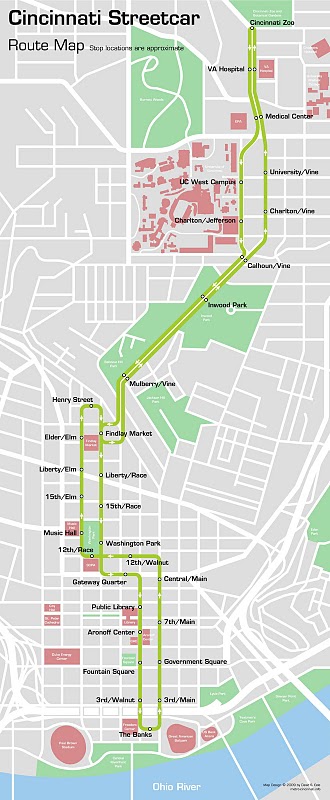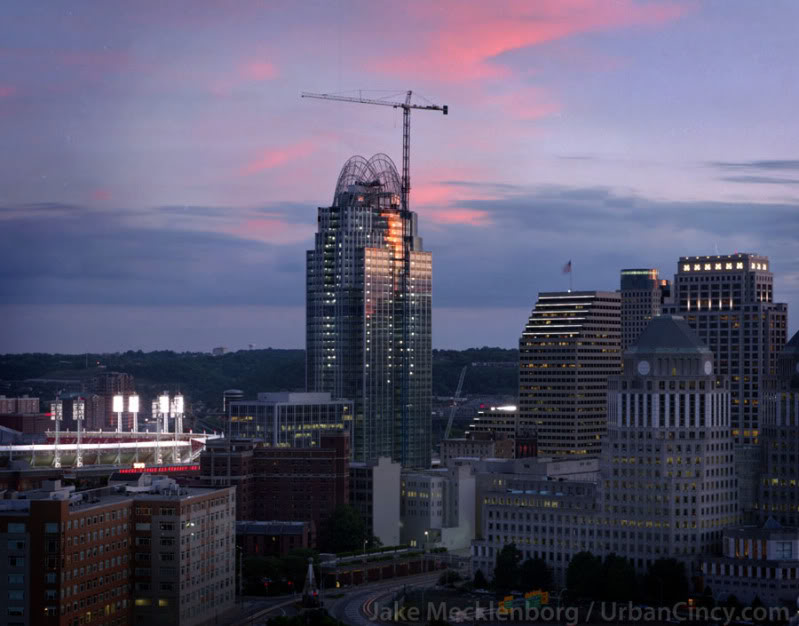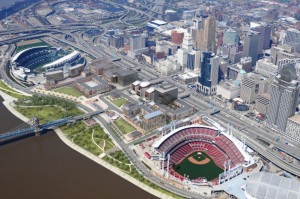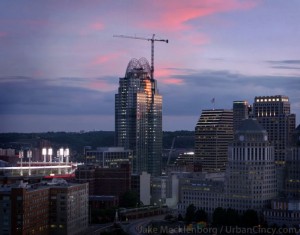The University of Cincinnati is welcoming more than new and returning 41,000 students for the 2010-2011 school – its highest enrollment ever – today. Many of those tens of thousands of students will get to enjoy one of the world’s most beautiful campuses, and one of the nation’s most unique urban universities.
UC’s largely car-free campus has virtually no surface parking lots, and in turn boasts award-winning green spaces, architecture, and recreational facilities. It is a campus unlike hardly any other. Buildings twist and turn, almost fighting for space on campus.
One such example is Nippert Stadium where the scoreboard is situated atop the Campus Recreation Center, the Lindner Athletic Center basically cantilevers over the northeast corner of the stadium, a CCM structure forms the southern end to the concourse area, and Tangeman University Center rubs elbows with the stadium’s press boxes.
UC’s internationally acclaimed campus is most known for its blend of historic architecture and stunning new architectural prize pieces. Works by Henry Cobb, Peter Eisenman, Frank Gehry, Michael Graves, Charles Gwathmey, George Hargreaves, Thom Mayne, Bernard Tschumi, Buzz Yudell, and more regularly impress crowded tour groups of prospective students and architecture buffs alike.
As a UC alumnus I am proud of my university, and am happy to welcome students back to the university’s Uptown campuses and those throughout the region. Go Bearcats!
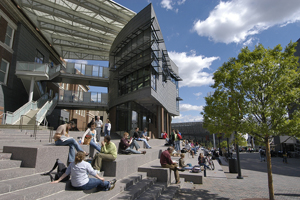
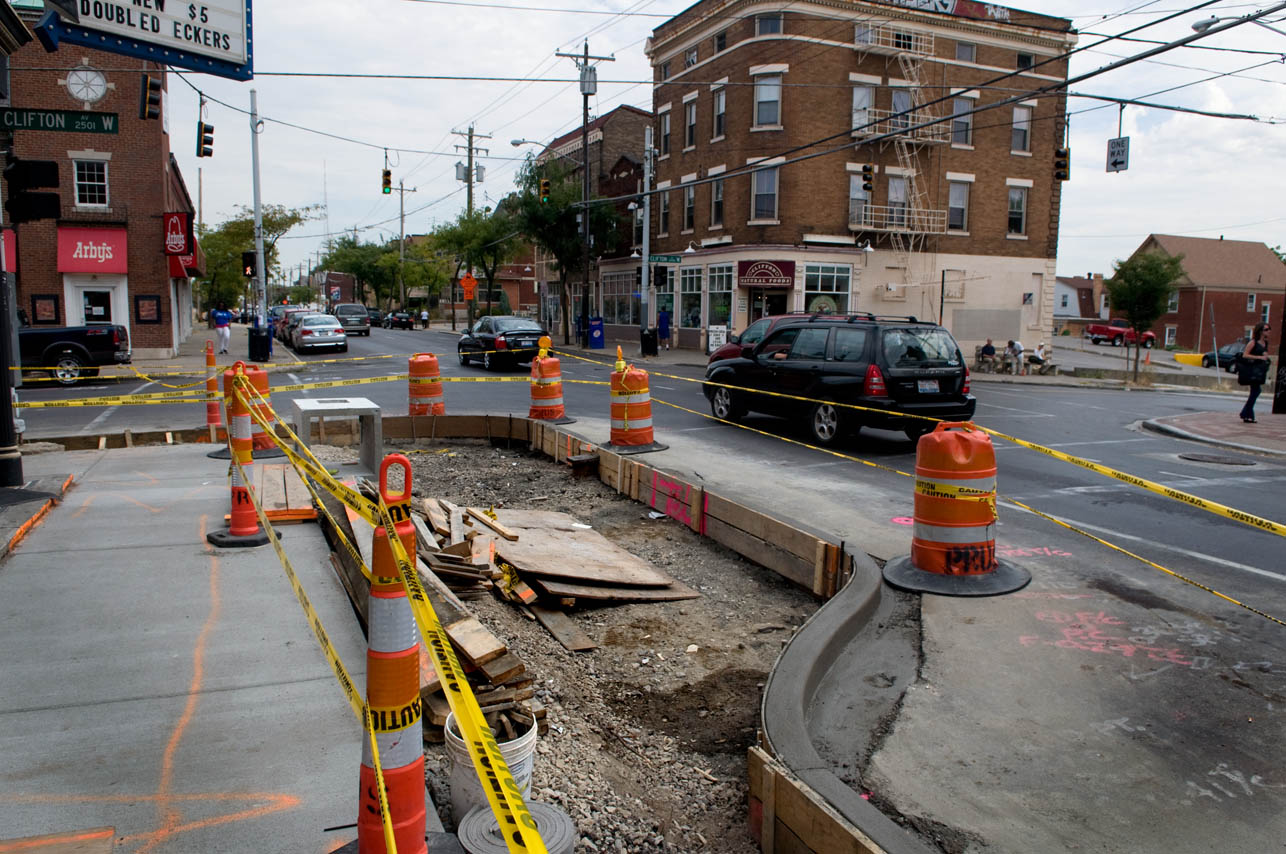
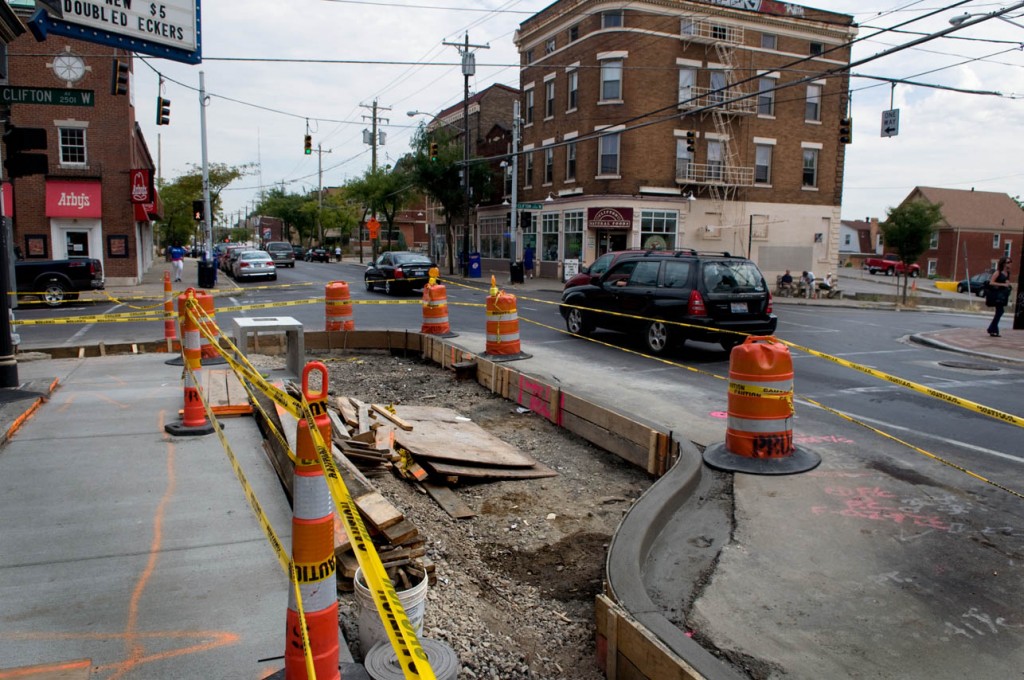
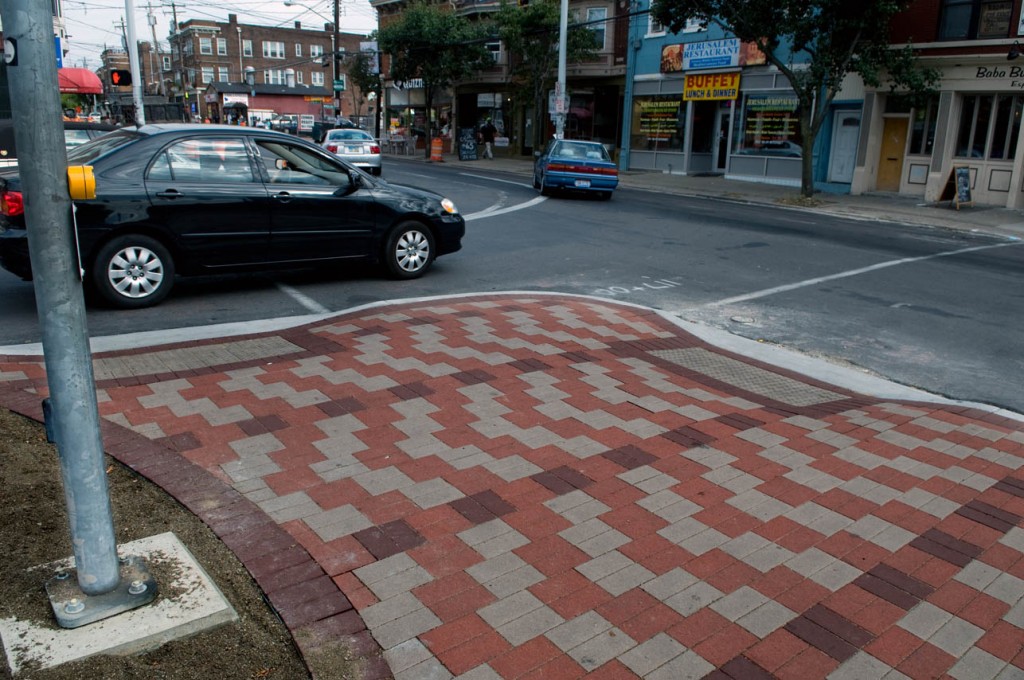
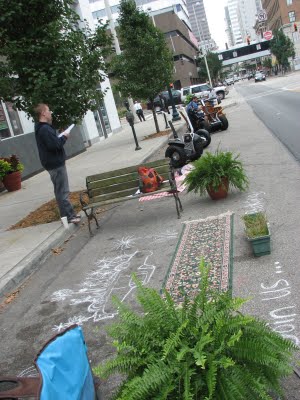
![Cincinnati PARK[ing] Day 2009](http://www.urbancincy.com/wp-content/uploads/2010/09/Cincinnati+PARKing+Day+2009.jpg)
![PARK[ing] Day](http://www.urbancincy.com/wp-content/uploads/2010/09/Parking-Day.jpg)
